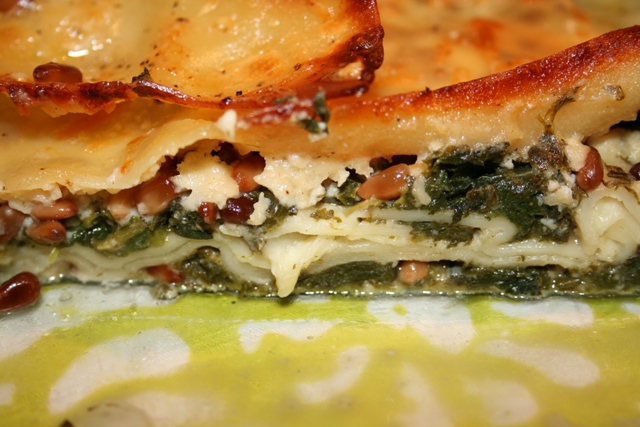Nettles are probably the most common of all our wild edible plants and are so good at making use of minerals and nitrogen that they score high in the nourishment stakes. According to the original modern forager – Richard Mabey – they contain impressive levels of vitamins A and C, 2.3 per cent by weight of iron and a massive 5.5 per cent of protein.
Mabey’s highly regarded Food For Free was published in the 1970s and pre-empted the global foraging trend as led by the likes of Noma.
“There is a curious psychological buzz that you get out of eating food that you have found yourself,” he explains. The book has just been re-published as a 40th anniversary edition by Collins.
More than just the pretty face of Yarg cheese, nettles deserve a far higher ranking on our culinary and literal tables as a fully integrated staple on our plates, especially at this time of year when the tender young leaves appear in abundance alongside wild garlic and the first tentative shoots of bluebells.
 This is a recipe loosely based on Delia Smith’s spinach and ricotta lasagne with pine nuts, but simplified and half the spinach is replaced with nettles. You will need:
This is a recipe loosely based on Delia Smith’s spinach and ricotta lasagne with pine nuts, but simplified and half the spinach is replaced with nettles. You will need:
A portion of Delia’s all-in-one cheese sauce, a 260g bag of spinach, the same again of nettles (depending on availability and patience – 150g would be fine – remember just to pick the first 2 or 4 delicate leaves at the top of the stem), 90g toasted pine nuts, a couple of balls of mozzarella (sliced) and 250g ‘no pre-cooking needed’ lasagne sheets.
Wash the nettles and spinach in plenty of luke warm water (use rubber gloves with the nettles) and put in a large pan with a knob of butter in the bottom, put the lid on and cook until the green leaves are reduced to half their original size and take off the heat.
Make the cheese sauce. Put the oven on 180°C.
Get a large baking dish. Put a third of the spinach/nettles in the bottom with approx a quarter of the sauce. Sprinkle a third of the pine nuts on top and put lasagne sheets on top. Cover with sliced mozzarella, a quarter more sauce and more lasagne sheets. Add another third of the spinach/nettles with another quarter of sauce, sprinkle the nuts and place more lasagne sheets on top then add the last nettle/spinach, pine nut layer, more lasagne sheets and finish by pouring the last of the sauce over the top of the lasagne sheets. Grate some extra cheese on top, add salt and pepper, nutmeg and a few knobs of butter.
Put in the oven at 180°C for about an hour. Variations include mixing ricotta with the leaves and adding some chunks of blue cheese. Nuts can be varied too – walnuts and/or almonds work well. Other nettle recipes include Richard Mabey’s own nettle soup and Anna del Conte cooks a simple risotto with nettles in her book of the same name (highly recommended) and nettle tea is as simple as putting a few leaves in a mug and adding boiling water for a healthy brew. The best time to pick nettles is March/April, although any time from late February to early June is fine. After June, the older leaves contain crystalline particles which make the texture gritty, giving a bitter taste and possible laxative effect.


Pingback: The Nettle | Garden Cornwall